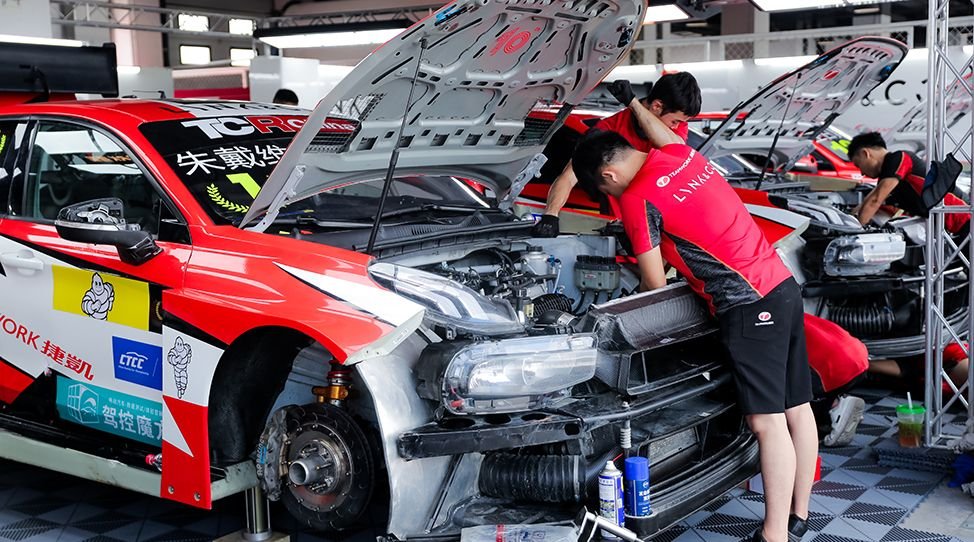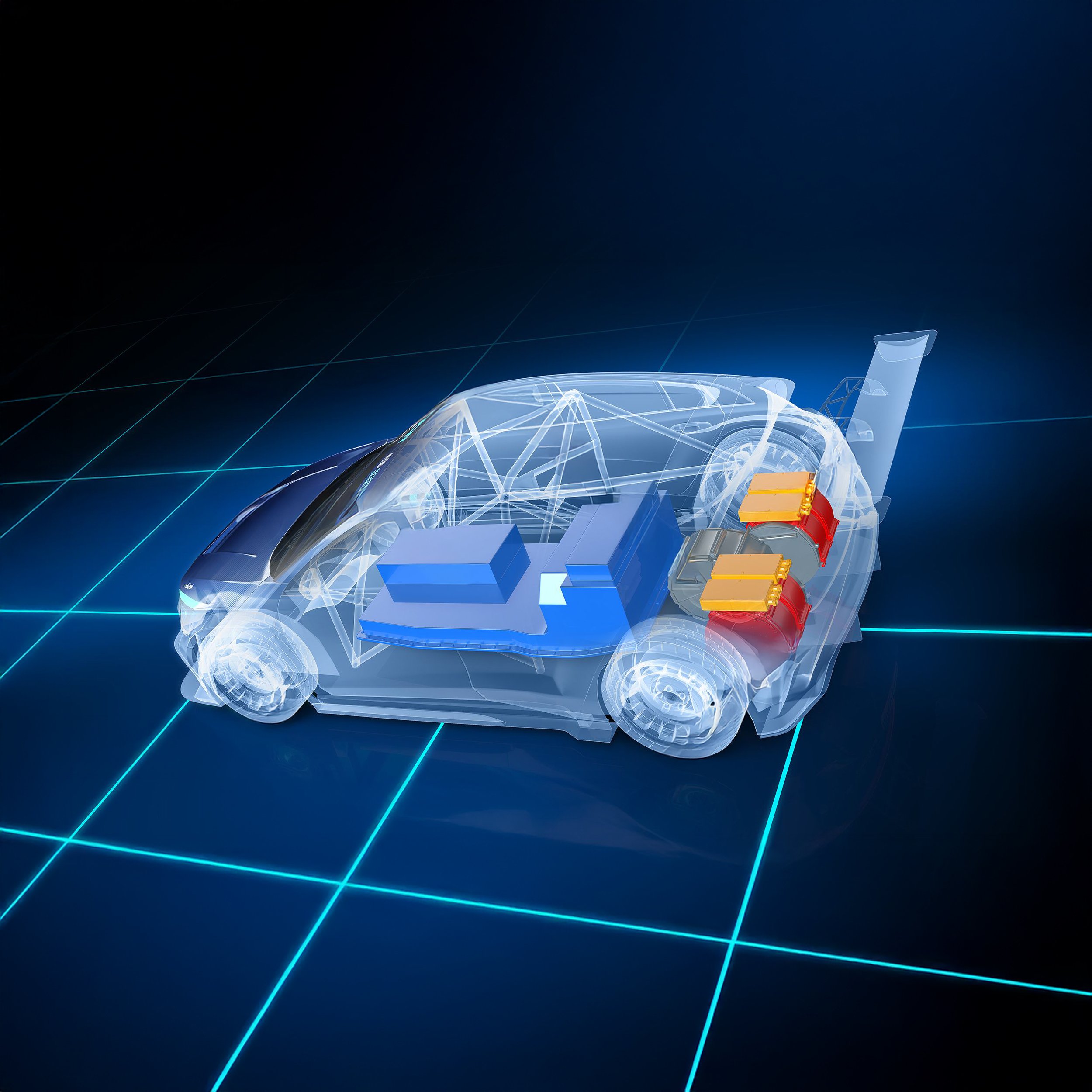WSC studies the technical solutions
to turn production cars into Touring Car racers
Motorsport is a useful tool for developing new technologies that may be transferred to production cars.
The core business of the WSC is studying the best technical solutions to transform a road-going saloon into a Touring Car racer. This process begins with a thorough analysis of the market and leads to the definition of technical regulations that focus on making the racing car affordable, reliable, capable of top performance and easy to manage. The technical regulations are the property of, and managed by, the WSC.
TCR Technical Regulations
Launched in 2014, the TCR Technical Regulations have been adopted by a large number of championships and series around the world, including the WTCR – FIA Touring Car World Cup from 2018 to 2022, and the FIA Kumho TCR World Tour afterwards.
Key specifications:
Bodywork: two/three-volume, with four/five doors
Engine: two-litre turbocharged
Transmission: front-wheel drive
Gearbox: sequential with paddleshift
Aerodynamics: front splitter, rear wing, widened wings
TCR Hybrid Kit
As the next step towards cleaner motorsport, WSC has finalised a plug-in Hybrid kit for TCR cars that supplies additional power to the internal combustion engine. This results in reduction of the emissions and increase of performance.
ETCR Experience
In 2017, WSC began working on a set of technical regulations for full-electric Touring Cars and presented the first prototype of an ETCR car at the end of 2018 in Barcelona. After the technical regulations were finalised, the ETCR cars ran in two racing seasons, including the 2022 FIA ETCR - eTouring Car World Cup. This provided unvaluable experience on the development of electric-powered racing cars that is now studied to define the characteristics of ETCR’s next generation.
ETCR Kit
WSC is the sole entity with the rights to certify all TCR cars.
By following the Technical Regulations, manufacturers and engineering companies can build racing car prototypes that are then subjected to the WSC homologation procedure.
Once the homologation procedure is successfully accomplished, the model is granted the WSC certification and can be sold to customer teams for racing in all TCR-sanctioned events.
Car certification
WSC is the sole entity with the rights to certify all TCR and ETCR cars. By following the Technical Regulations, manufacturers and engineering companies can build racing car prototypes that are then subjected to the WSC homologation procedure.
Once the homologation procedure is successfully accomplished, the model is granted the WSC certification and can be sold to customer teams for racing in all WSC-sanctioned events.









